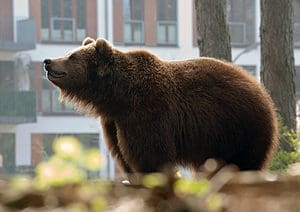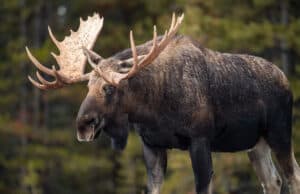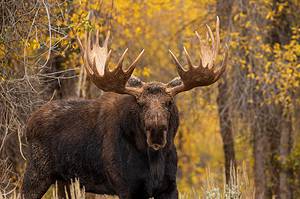Continue reading for our analysis...
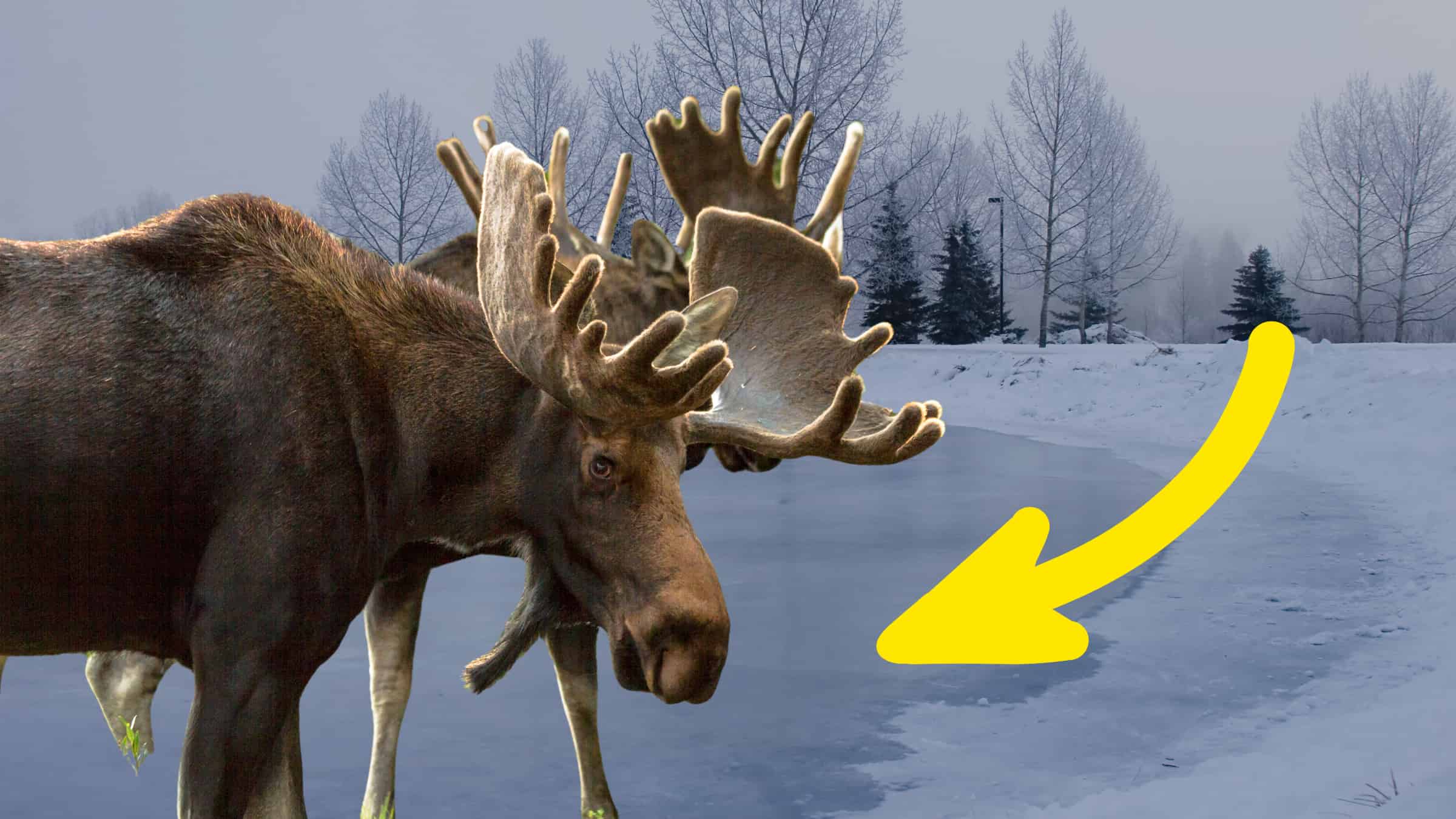
Magnificent moose can normally be seen roaming the forests of Canada, Alaska, and the northeastern United States (as well as northern Europe and Russia). Huge yet graceful, they can also be a little fierce and the safest way to observe them is from a distance! They are perfectly adapted to life in snowy and freezing environments but even moose can sometimes get into trouble on thin ice. You won’t want to miss this stranded moose being rescued from a frozen lake by two brave rescuers.
Moose Stranded on Slippery Ice
The short YouTube clip is available at the top of this blog post. The scene was shared by The Animal Club channel which curates clips of fascinating wildlife to promote kindness and compassion. This heart-warming rescue clip has already received 203,000 likes and the channel has over 2.5 million subscribers.
Men Take a Risk to Rescue Exhausted Moose
Rescuing stranded moose is not without risk! This one is half-submerged in water and resting against an ice shelf. It is much too slippery for it to get enough grip to stand up. The same challenge is faced by the rescuer as he tries to make his way to the stricken animal. Edging along the ice, he manages to attach a rope to one of the animal’s hind limbs. Once it is hauled onto solid ground, the exhausted creature manages to get to its feet and even allows its rescuers to give it a neck rub.
According to the Utah Division of Wildlife, you should give moose plenty of space and never approach them. However, this desperate situation meant that the rules had to be broken. Also, the Alaska Department of Fish and Game explains that moose can swim at 6 mph for up to six hours. Being in the water is not a problem for moose – it’s just that this one could not get out!
How to Understand Moose Behavior
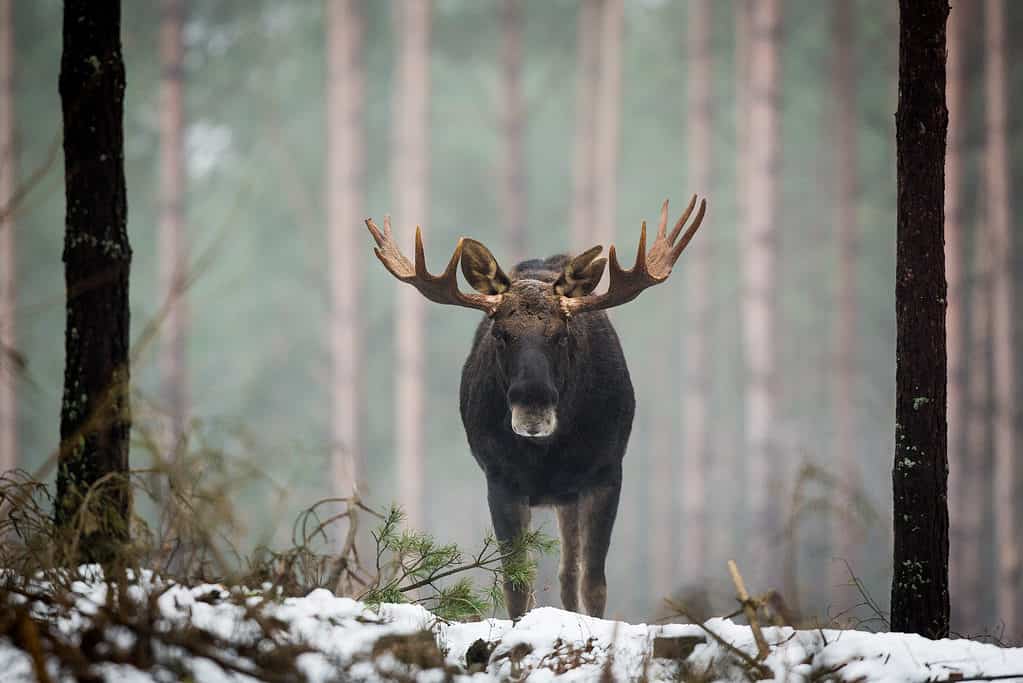
Moose are huge and potentially aggressive towards people.
©Szczepan Klejbuk/Shutterstock.com
Moose are normally most active during the day with peaks of activity at dawn and dusk. They live a solitary life but you may spot two feeding together. Their eyesight is poor but their hearing and sense of smell are excellent. It’s highly likely that a moose will know that you are approaching.
Even though they are not predators (they eat plants), moose are huge mammals and that makes them potentially dangerous. These guys stand 6 feet tall and weigh up to 1,000 pounds or more. What’s more, they have a reputation for being aggressive towards humans. Luckily, they give you a few warning signs that they are about to attack. Watch out for them lowering their head and pinning their ears back. You may also notice that they lick their snout and that the hair on the back of their neck stands up. This is when you should back away slowly or even hide behind a tree if you can!
Thank you for reading! Have some feedback for us? Contact the AZ Animals editorial team.



